Growing interest in the martial arts has been accompanied by curiosity about Chinese sports medicine, and the healing power of Shaolin treatments for traumatic injuries, both acute and chronic, is no longer a secret.
In China, the official practice of Chinese medicine was reduced to internal medicine during the 20th century, mostly for political reasons too complicated to explain here. The traditional wisdom and expertise of martial arts masters practicing kung fu medicine were suppressed and had to survive in secrecy, which explains why most university-educated doctors of Chinese medicine don’t know much about treating sports injuries. But some of this knowledge survived and has found its way to the West.
Shaolin tradition of China
The Shaolin Temple, the center of the Shaolin tradition of Buddhism in China, played an important role in the Chinese martial arts and was a storehouse of practical information on treating warriors injured during combat or training. This knowledge was closely guarded because it bestowed a competitive edge on those in its possession. In the end, some of the last surviving guardians of these powerful medical insights felt the need to preserve and pass along this information before it got extinguished.
We are fortunate that this happened because many of those strategies are safe and very effective, and can help not only martial artists but modern athletes from across the spectrum of sports to heal acute and chronic injuries and learn how to prevent them in the future.
What Chinese sports medicine can treat
The types of injuries these methods can treat effectively include bruises, strains, sprains, slow-healing fractures, and the associated cramps, pain, soreness, achiness and fatigue. Some of the techniques used, such as acupuncture, tui na, cupping, gua sha, internal herbal treatments, external herbal applications, moxibustion and nutrition therapy, should be applied or guided by a licensed acupuncturist educated and experienced in these approaches, but many of these strategies can be used in modified form by the athlete herself. This is true especially for practicing qigong, loosely translated as Qi cultivation, a form of physical practice that relaxes and strengthens your body and mind.
More about these healing strategies
You may be familiar with some but not all of these treatment modalities, so let’s do a quick review: Acupuncture is the insertion of fine needles at specific points on the body to restore the proper flow of qi, the body’s vital energy. Acupuncture is considered invasive medicine, so it must be applied by a licensed practitioner. However, you can learn how to locate some of these points and apply finger pressure to elicit a healing reaction. This is referred to as acupressure.
Other physical therapies are tui na, which covers many techniques used in massage, myofascial release, osteopathy, chiropractic and other manipulative therapies. Cupping creates suction on the surface of the body through a vacuum, which releases stagnation in the superficial soft tissues. Similarly, gua sha uses implements to scrap the surface of the body to stimulate circulation. You can treat tight muscles by gently stroking the area with the edge of a Chinese soup spoon.
Moxibustion is the burning of dried mugwort (artemisia) near acupuncture points to create deeply penetrating warmth that stimulates healing. It can be performed in conjunction with acupuncture, or you can use moxa cigarres to focus on certain important areas, such as below your navel or on the outside of your leg, just below your kneecap. Ask your acupuncturist to show you how to do this properly and where to obtain supplies.
The varieties of Chinese herbal medicine
Maybe the most specialized knowledge passed down from the Shaolin tradition is the external and internal use of medicinal herbs. For external use, these herbs can be processed into, and applied to the injured area as, soaks, washes, liniments, poultices and plasters. Different combinations of herbs are used for acute and chronic injuries. Prescriptions of multiple herbs to be cooked and consumed as a tea are used to relieve pain and speed healing by promoting circulation and reducing inflammation. Many of these medicinals are quite powerful, and their use, especially when taken internally, should be directed and supervised by an educated and experienced Chinese herbalist.
Traditional treatments versus modern medicine
The benefits of these highly specialized traditional treatments are not easily duplicated by conventional medicine. Particularly herbal therapies are quite complex and subtle in their healing actions. NSAIDs, opioids, corticosteroids, antibiotics and muscle relaxers may be effective in relieving symptoms quickly, but they often come with worrisome side-effects and are known to interfere with tissue healing. It may be worth considering your options before you decide to pursue pharmaceutical therapy.
How to learn more
I owe much of my knowledge about treating sports injuries to Tom Bisio, a fellow acupuncturist here in New York. Tom had been practicing martial arts for many years prior to becoming intrigued by the medical prowess of experienced masters in the martial arts. He spent years tracking down nearly-lost knowledge, taught many Chinese medicine practitioners in these approaches, and wrote several books for professional and lay audiences about the healing secrets of Chinese warriors. If you would like to learn more about the Three Stages of Healing Sinew Injuries, read his book “A Tooth from the Tiger’s Mouth,” a true gem for any athlete.
Know your options for healing injuries
So, if you recently injured yourself during your activities, have a slow-healing old injury, any overuse injury, or are developing arthritis, consider the different treatment options Chinese sports medicine offers you. Naturally, you shouldn’t ditch your orthopedist, who can use modern diagnostic tools to determine the nature of your injury in case you need surgery or a cast, and your physical therapist, who can help you rehab during your recovery.
© 2024 Christiane Siebert


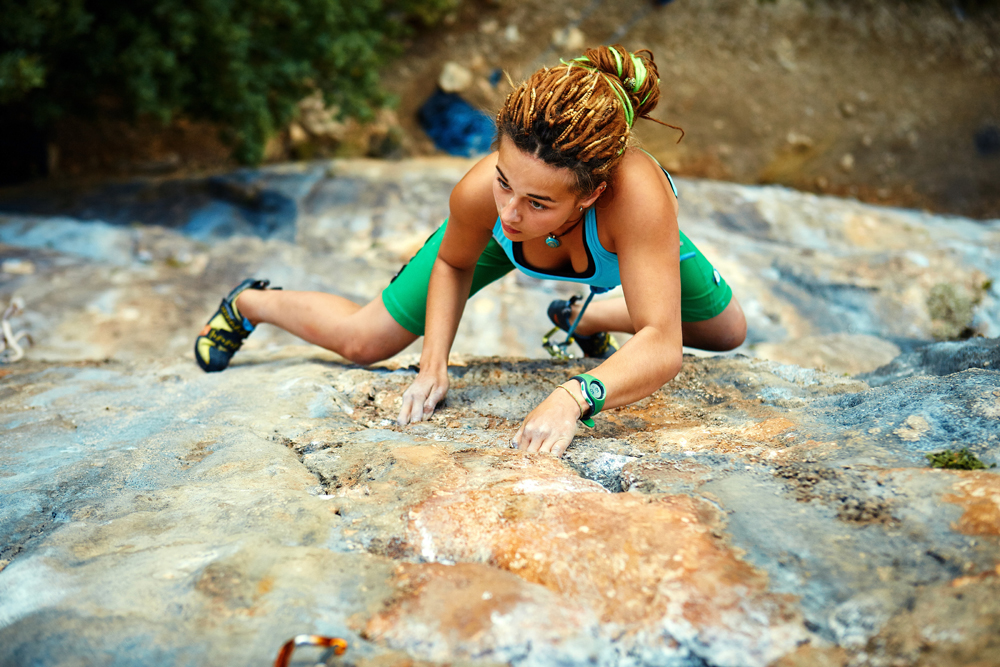
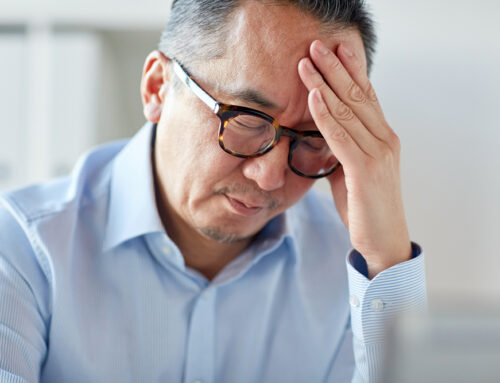
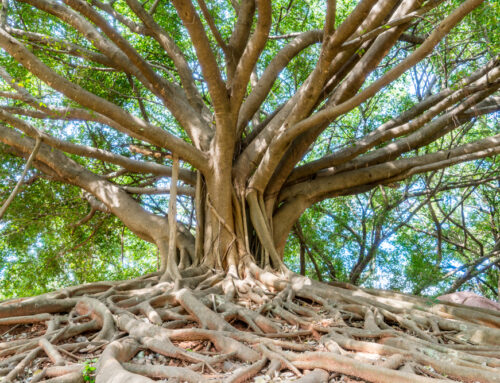

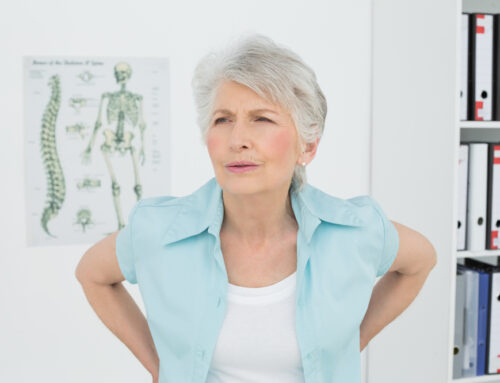
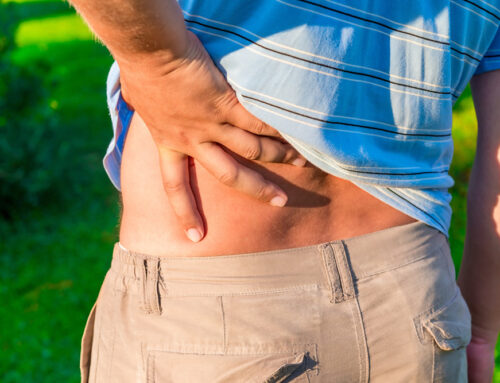
Leave A Comment